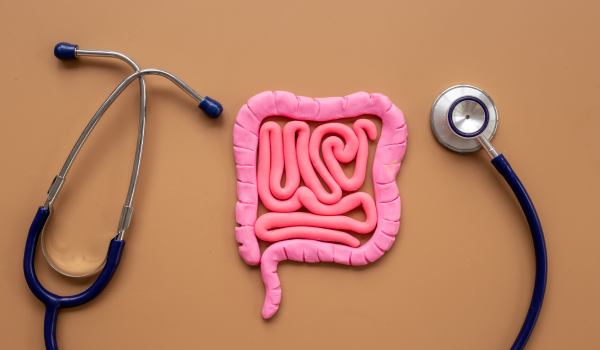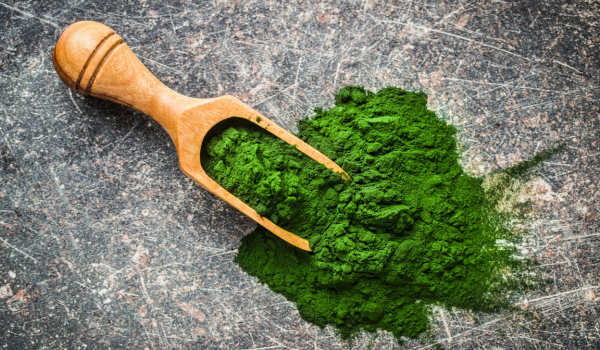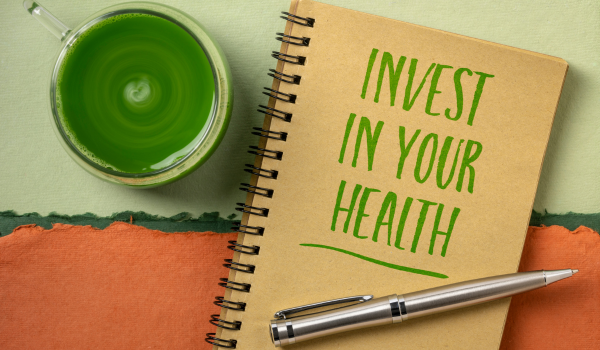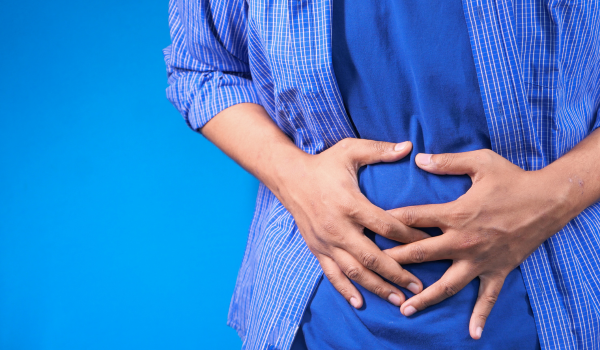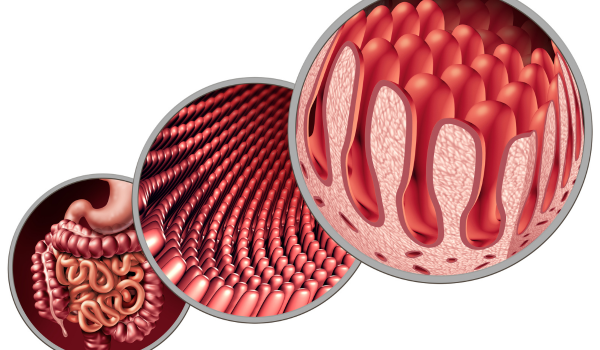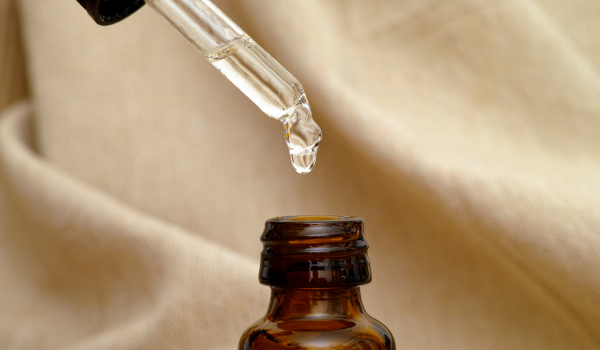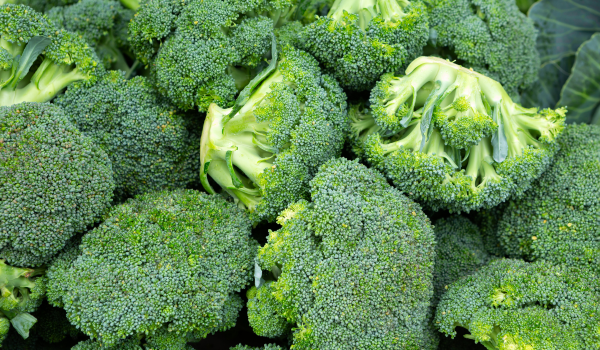
Sulforaphane is a sulfur-rich compound found in cruciferous vegetables such as broccoli, kale, bok choy, cabbage, and Brussels sprouts. Its inactive form, glucoraphanin, is converted into the active compound isothiocyanate when vegetables are chopped, chewed, or processed, allowing the body to use it effectively.
Sulforaphane is known for its antioxidant and anti-inflammatory properties, and research suggests potential benefits for cardiovascular health, blood sugar control, cancer prevention, brain health, and more.
May Support Cardiovascular Health
-
Oxidative stress can damage cells and contribute to heart disease.
-
Sulforaphane helps reduce oxidative stress and inflammation.
-
Studies suggest it may:
-
Lower blood pressure by improving blood vessel function
-
Increase HDL (“good”) cholesterol and reduce LDL (“bad”) cholesterol
-
Protect against atherosclerosis and other cardiovascular conditions
-
May Support Blood Sugar Control
-
Oxidative stress and inflammation can worsen insulin resistance, a factor in type 2 diabetes.
-
Sulforaphane may improve insulin sensitivity and help regulate blood sugar.
-
Research highlights:
-
Broccoli sprout extract reduced fasting blood glucose and HbA1c in people with uncontrolled type 2 diabetes
-
Animal studies suggest benefits for fasting insulin and blood sugar in high-fat diets
-
-
More research is needed to confirm these effects.
May Help Prevent Cancer
-
Sulforaphane’s antioxidant and anti-inflammatory effects may reduce chronic inflammation linked to cancer.
-
It may also support detoxification enzymes that help the body eliminate carcinogens.
-
Most research uses concentrated sulforaphane sources; further studies are needed to confirm its role in cancer prevention.
May Help Some Autism Symptoms
-
Limited studies suggest sulforaphane supplementation may improve social interaction, behavior, and verbal communication in individuals with autism spectrum disorder (ASD).
-
Research is ongoing, and sulforaphane is not yet a standard treatment.
Good Sources of Sulforaphane
-
Vegetables: Broccoli, broccoli sprouts, kale, Brussels sprouts, cabbage, bok choy, cauliflower
-
Supplements: Capsules, powders, or liquid extracts made from broccoli or broccoli sprouts
-
Combining with myrosinase enzymes can enhance sulforaphane production.
How To Take Sulforaphane
-
Mainly consumed through whole foods (raw or cooked).
-
Supplements may be taken with a meal to improve absorption.
-
Dosage varies widely; studies use 9.9–847 micromoles of sulforaphane daily.
-
Speak with a healthcare provider for personalized advice.
Safety, Side Effects, and Drug Interactions
-
Generally considered safe for most people.
-
Common mild side effects: gas, constipation, insomnia.
-
High doses in animal studies caused:
-
Sedation and low body temperature
-
Impaired motor coordination
-
Decreased muscle strength
-
-
Potential interactions with diuretics, calcium channel blockers, and NSAIDs.
-
Consult a doctor before supplement use, especially with heart, liver, or kidney conditions, or if pregnant or breastfeeding.
Summary
Sulforaphane is a beneficial compound from cruciferous vegetables with potential cardiovascular, blood sugar, and anticancer benefits. It may also help with certain autism symptoms. Consuming sulforaphane through diet or supplements is generally safe, but it’s best to consult a healthcare provider for individualized guidance.





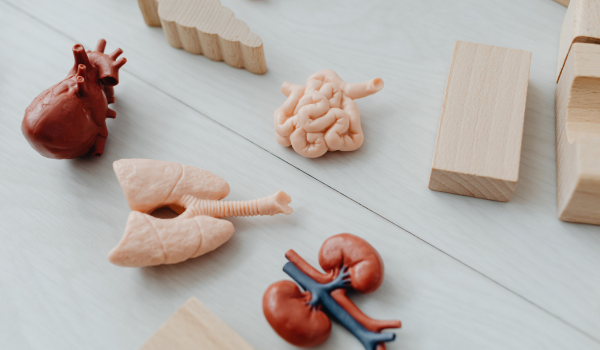
.png)
